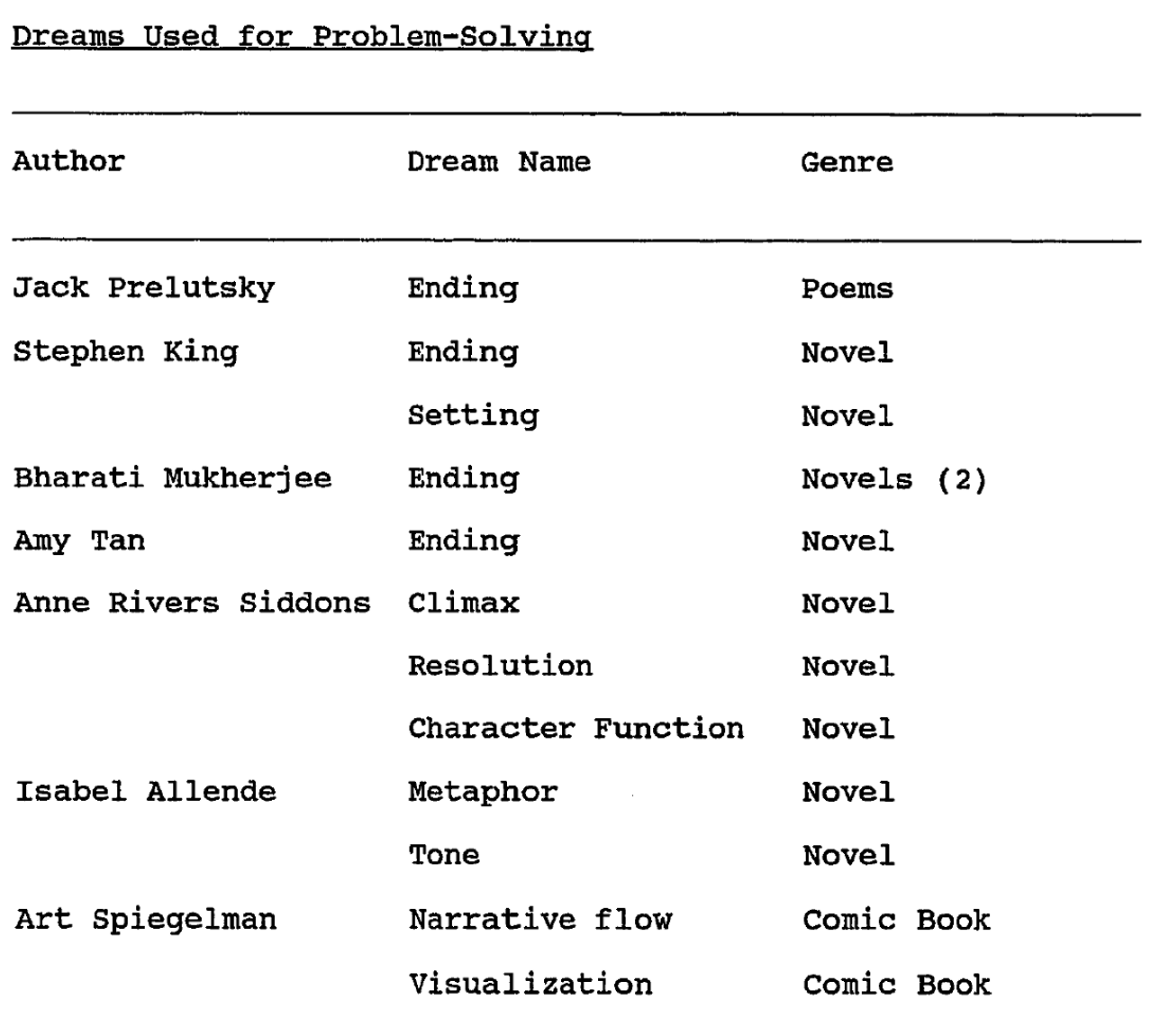Ever written something and wondered, "Where did that come from?"
It's as if it originated somewhere beyond you and just flowed through you. But that's not the case. It comes from your subconscious, bypassing excessive rational interference.
In the creative process, we extract ideas from our subconscious, which, by the time they hit the page, have already undergone some rational filtering and conscious interpretation. Free writing often necessitates engaging the rational mind.
However, picture this:
What if we could focus free writing?
What if we could immerse ourselves in the world crafted by our subconscious, consciously exploring it?
Imagine the characters we'd create.
Imagine the stories we'd weave.
Lucid Dreaming & Creativity Research
A lucid dream is one in which the dreamer is aware that they are dreaming. Studies have shown that creativity is highly associated with lucid dreaming and both frequent and occasional lucid dreamers scored higher on creative personality scale than non-lucid dreamers (Blagrove & Hartnell, 1998; Blagrove & Tucker, 1994; Stumbrys and Daniels, 2010). Other studies induced lucidity for various creative purposes, from idea generation to creative problem solving (e.g. Stumbrys, 2010; SchredI & Erlacher, 2007; Barrett, 1993). In particular, Johnson (2017) explored the role of LDs in creative writing and found many benefits to inducing LDs while writing a novel.
How dreams inspired writers like Stephen King
Naomi Epel interviewed 26 writers on their use of dreams in their writing and their creative writing practice. Among those are Stephen King, William Styron, and Art Spielgelman.
These writers used characters, emotions and sensations, narrative, and symbolism from their dreams to either start or further develop their writing pieces.
For 9 writers, dream provided a starting point for their next creation. Poet Jack Prelutsky’s two whole nightmare books came from dreams.
7 writers used dream as a dream in their writing.
For 4 writers, dream provided a new experience, such as flying or increased physiological sensations.
For 6 writers, dream provided a solution to a problem with existing project. Some examples include Art Spielgelman and Elmore Leonard, who report solving problems related to their writing at night. Bharati Mukherjee found the endings to her stories and the novel Jasmine in dreams. Stephen King describes his use of symbols from his dreams in multiple stories: “I’ve always used dreams the way you’d use mirrors to look at something you couldn’t see head-on – the way that you use a mirror to look at your hair in the back.” He believes that for all people, dreams “illustrate the answers to their problems in symbolic language.”
Anne Rivers Siddons’ dreams work out the problems she has with her characters. Clark Blaise “sees the characters in very thick and solid ways” in his dreams while Reynolds Price works on his characters for several months or even years and seems “to be dreaming that character’s dreams.”
Writers' dreams also influenced the choice or course of their creative projects by resolving ambivalence around the creative project, helping authors set priorities, and similar. Dreams revealed to authors how they really felt about a current project or the desire to start a new project became clear to them in a dream. Leonard Michaels used “dream material of a very particular kind” for his best book Shuffle. He also had “a prophetic dream and it said something about my career as a writer.” The dream revealed what kind of stories Leonard writes and what he was trying to escape. Similarly, Anne Rice’s dream told her to go and write her second vampire novel.


Interviews with 26 writers:
WHAT LUCID DREAMS CAN DO THAT ORDINARY DREAMS CANNOT
For this study, 26 writers, out which 18 were lucid and 8 ordinary (i.e. non-lucid) dreamers, were interviewed on their use of lucid and ordinary dreams in their fictional writing, from short stories and novels to poetry, songs, and screenplays. The paper written after the interviews outlines in what ways lucid dreamers exploited their dreams that ordinary dreamers could not have done.
Lucid Dreamers have:
- Found an authentic idea by asking the dream what they should be writing about;
- Met their characters and got to know them by asking questions to which they always got surprising answers;
- Gone on adventures to distant worlds about which they are writing;
- Slowed down the dream or zoomed in to explore the details of their surroundings;
- Tested and reviewed plots and characters, and gone down alternative routes or created substories;
- Jumped in and out of participation; changed perspectives and seen the dream through other characters’ eyes;
- And more...
Findings were presented at the PGR Conference held at Swansea University in July 2022.
Lucid Dreaming
for
Short Form Fiction Writing
Experimental study conducted in 2023
Findings presented at the
International Association for Dream Research Annual Conference 2023
Lucid Dreaming for Short Form Fiction Writing
A new model was developed based on the insights from the above study.
This involved an 8 week intervention for which new techniques (aimed at creativity) were added to the tested lucid dreaming induction model.
29 writers took part in an 8-week experimental study in which they were taught how to induce lucid dreams and write a short story inside their dreams.
83% of those successfully induced at least one lucid dream, while in previous studies, the success rate was only 45%.
Independent judges assessed the participants' stories before and after the LD intervention.
All five assessed categories were improved across the 29 participants, with symbolism, emotion, and characters being the mos improved categories.
Dreams became:
•Vivid, unusual, felt, sense of agency, impactful
Participants also reported:
•Overcoming nightmares and anxiety dreams
•Insights into major life events and emotional states
•Better sleep and improved memory
Future Research
Head over to our WORKSHOP page to read about the study that will take place in November this year and see if you can take part!